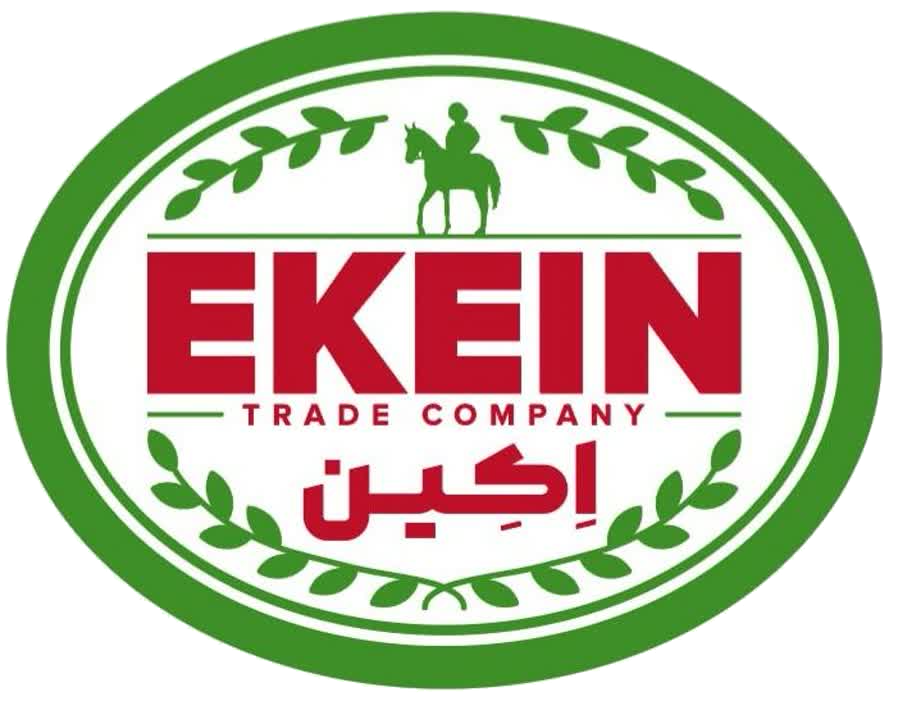Tomato paste is one of the most important flavors and colorants in cooking, which is one of the main seasonings used in cooking all kinds of Iranian dishes. This product, which is a tomato product, is in the form of a thick paste, which is also known as Roman eggplant. This product is made traditionally and in a factory through a different process from tomatoes. Due to the lack of accurate control of the heating process and limited conditions, its traditional production sometimes does not achieve favorable conditions and the resulting paste becomes dark in color. In general, to prepare tomato paste in the factory, the skin and seeds are removed industrially and then it is cooked under vacuum conditions. After the tomato juice is reduced, it is cooked again to obtain a rich and thick concentrate. Tomato paste can be made from both local and greenhouse tomatoes, each of which has its own advantages and disadvantages. The percentage output of local tomato paste is usually lower than that of greenhouse tomatoes, but it has a better shelf life and spoils later and is less moldy. To produce tomato paste, they prefer to use local tomatoes. According to most sources, tomato paste was first produced in Italian factories and the cities of southern Italy are the birthplace of tomato paste.
Features of quality tomato paste:
Tomato paste that does not have preservatives usually goes moldy and maybe the general public mistakenly thinks that tomato paste that goes moldy is not of good quality, while this article shows that no preservatives are used in it and to prevent the paste from going moldy. Tomatoes should be kept in the refrigerator after opening the lid.
The next characteristic of tomato paste is its purity percentage and usually a quality paste is a paste that has not been added to it other than tomatoes, and this issue shows itself during the cooking and roasting of tomato paste in the pan that if the product If it is of poor quality and has impurities, along with its color change, it becomes lumpy and round, which indicates the impurity of the tomato paste used.
The next feature of tomato paste is that it is not brown, a paste that is brown indicates that the process of cooking and vacuuming in it was not done well. Tomato itself contains a substance called lycopene, which is useful for the human body, and the brown color of tomato paste is a sign of the loss of lycopene in it. The red color of tomatoes is due to the lycopene in it.
The next important issue regarding the paste is the amount of salt in it, which can be controlled in industrial and factory production compared to home production. In general, the quality of the paste is that it is red in color and does not turn brown and dark, and its salt is not too much.
One of the important and influential indicators in the price and quality of tomato paste is its Brix number, which indicates the concentration of the paste used, and this number should be between 26 and 30. It should be noted that the Brix number of tomato paste is mentioned on its packaging, and the higher this number is, the higher the concentration and quality of the tomato paste.
